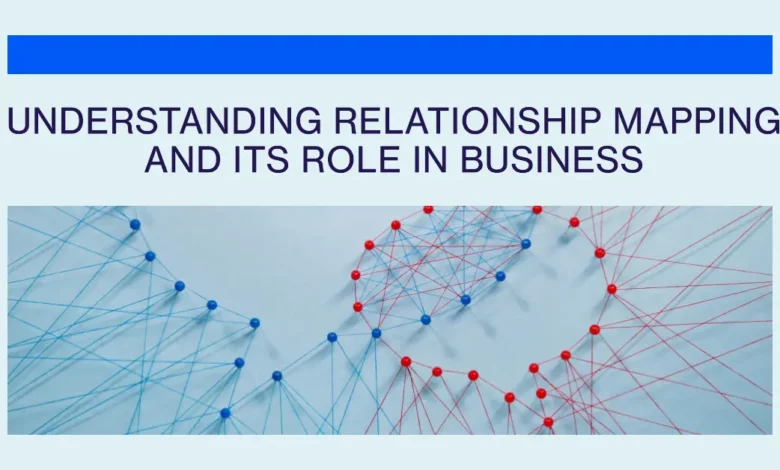
At the core of every successful business operation lies a network of relationships that propels its strategic goals. These relationships, spanning from customers and partners to employees and stakeholders, hold the key to unlocking unprecedented growth and success. Relationship mapping, therefore, emerges as an instrumental tool in navigating this intricate web of connections. This article strives to unravel the concept of relationship mapping and its crucial role in business. Keep reading.
Unveiling the Concept of Relationship Mapping

So, what is relationship mapping? At its essence, this term refers to a strategic process of tracing and understanding the connection among different entities in a business setup. It is a visual guide that tracks and analyzes the relationship between individuals, groups, and departments within an organization.
It creates an interactive graph depicting the strength, influence, and role of each entity, thereby providing an all-encompassing view of the organizational structure. Relationship mapping integrates data and human intuition to make sense of complex networks within business environments.
Furthermore, relationship mapping is not limited to internal operations. It extends to encapsulating relationships with customers, partners, and even competitors. A robust relationship mapping strategy can shed light on critical behavioral patterns, preferences, and motivations that drive business dynamics.
The main objective behind relationship mapping is to comprehend the interplay of relationships and leverage this understanding for making informed business decisions.
The Significance of Relationship Mapping in Business Context
The relevance of relationship mapping in business goes beyond mere visualization. It serves as a catalyst to foster stronger connections, streamline communications, and optimize business operations.
In the corporate world, understanding interpersonal dynamics can be pivotal. Relationship mapping exposes any weak links or bottlenecks within the organization that may impede progress. It serves as a navigation tool, outlining the best path to interact and engage with various stakeholders.
From anticipating client needs to identifying key influencers within the organization, relationship mapping ensures that everyone feels heard, understood, and valued. This integrated approach can go a long way in boosting team morale, enhancing client satisfaction, and as a result, improving bottom-line outcomes.
The knowledge gleaned from relationship mapping can also be instrumental in strategic planning, product development, and stakeholder management resulting in a more cohesive, efficient, and proactive business environment.
Key Elements of Relationship Mapping
Creating an effective relationship map requires a grasp of its crucial components. At the foundation lies a comprehensive understanding of the entities involved – be it individuals, departments, or organizations. Knowing their roles, responsibilities, and influence within the network is crucial.
The second key element is the evaluation of the relationship itself. It includes assessing the strength of the connection, the nature of the interaction, and any potential areas of conflict or synergy. The focus here is on understanding not just the relationships but how they evolve and change over time.
Thirdly, relationship mapping involves gauging the overall impact of these connections on strategic business objectives. This entails aligning the power of relationships with the mission, vision, and goals of the business.
Lastly, consistent monitoring and updating of the map is important to reflect the dynamic nature of business relationships. It ensures that the relationship map remains an accurate and reliable resource for decision-making.
Benefits of Implementing Relationship Mapping in Business Operations

The implementation of relationship mapping in business operations brings with it a myriad of benefits. One of the major advantages is improved communication. By illuminating the interpersonal dynamics of an organization, it enhances clarity, reduces misconceptions, and streamlines the flow of information.
Another significant benefit is increased collaboration. Relationship mapping facilitates teamwork by underlining common goals, identifying areas of synergy, and fostering a sense of interdependence among the team members.
Finding new opportunities is another perk of relationship mapping. Understanding the existing connections can open up prospects for cross-selling, up-selling, and exploring new markets.
Moreover, it enhances customer relationship management by helping businesses understand their clients better, customize their approach, and deliver an outstanding customer experience.
Overall, relationship mapping emerges as a strategic tool for businesses keen on unraveling the complexity of their interaction networks and leveraging this understanding for growth. Not only does it promise enhanced communication and collaboration, but it also opens the doors to new opportunities and competitive advantages. Indeed, in a business landscape driven by relationships, the power of mapping these connections is key to unlocking success.








your blog is very nice.
Great article! I came to know that relationship mapping is very important for any business. I shall work on it.